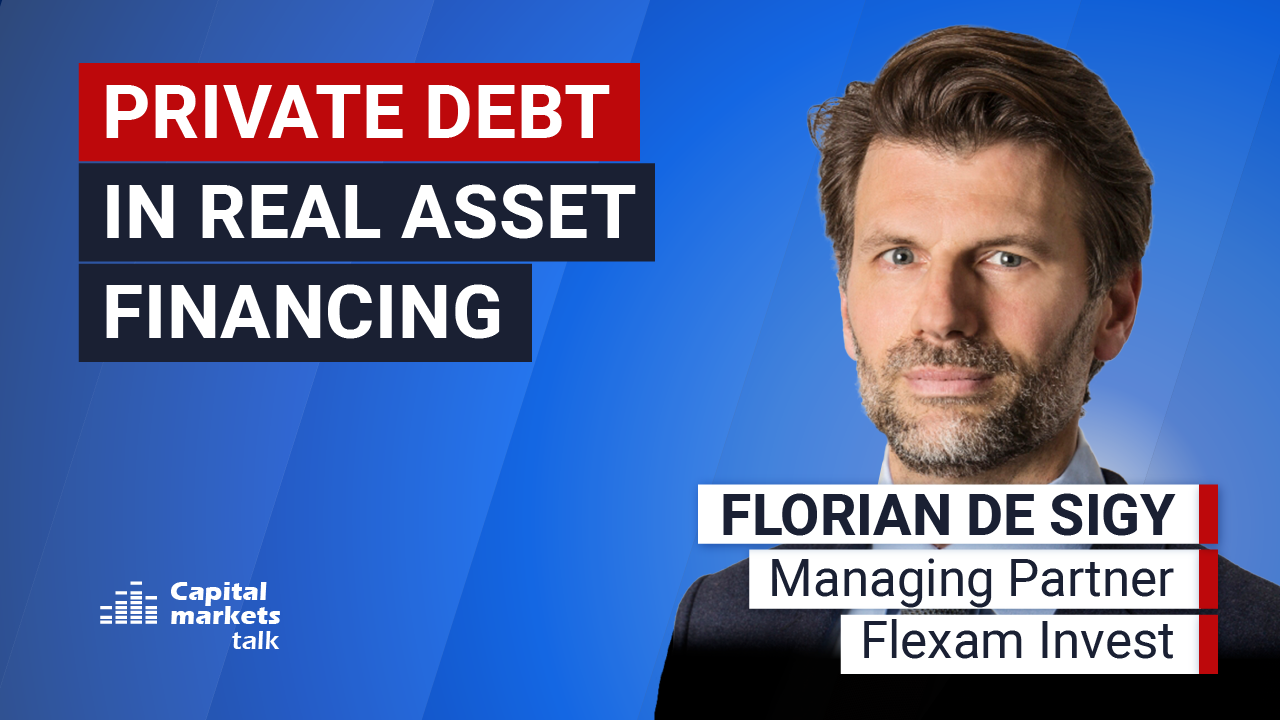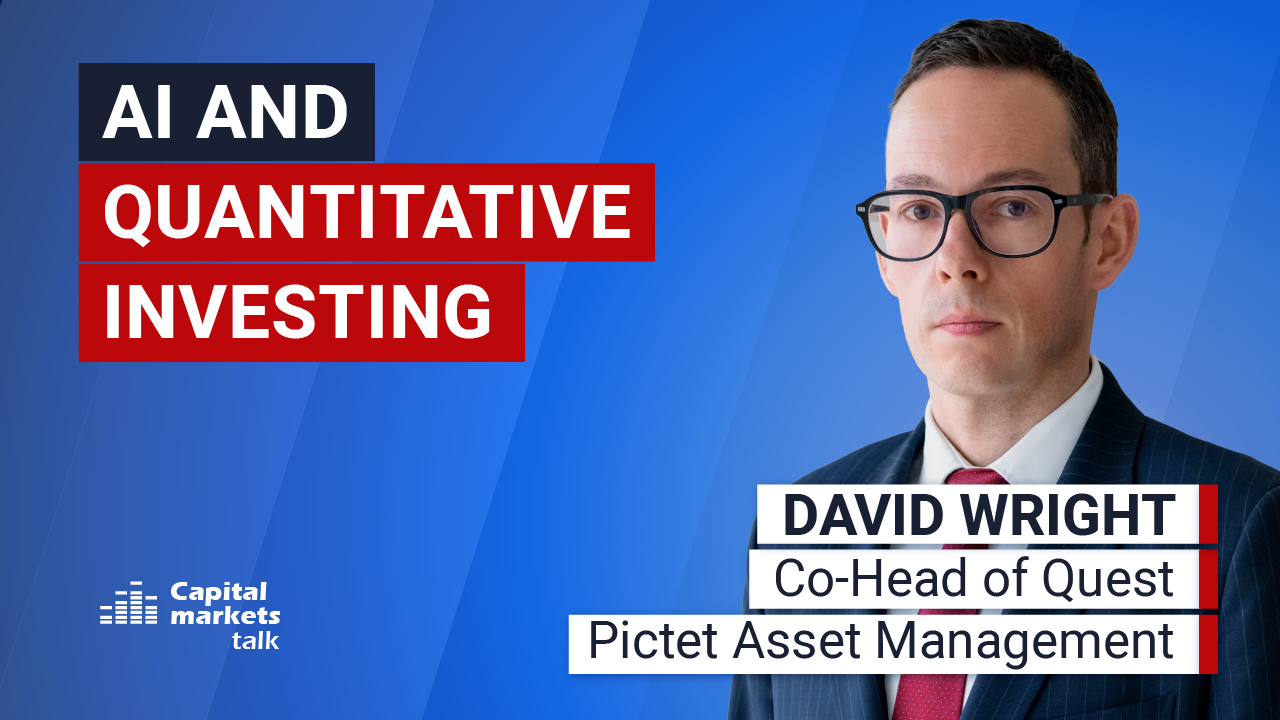Real estate investing has long been regarded as a cornerstone of wealth-building and financial stability. UBS Asset Management says that the asset class provides four key benefits to investors. This includes diversification, rental income, capital value growth and inflation protection.
On inflation protection, Fergus Hicks, Real Estate Strategist at UBS, said: “Ultimately, though, what matters to investors is how the income protection feeds through to total returns. Looking at property returns across 26 markets globally dating back to 1980, we find that real estate provided inflation protection of 90%.”
Hicks then proceeds to explain the various avenues through which investors can access real estate, including direct property ownership, club deals, unlisted real estate funds, multi-manager vehicles, and listed markets such as Real Estate Investment Trusts (REITs).
“Unlisted real estate sits between bonds and equities in terms of its risk-return characteristics. Historically it has offered higher returns than bonds, but lower risk than equities and listed real estate. Real estate also has a low correlation with bonds, while at the same time delivering higher returns with only slightly higher volatility,” said the asset manager.
UBS then goes on to explain the different types of the asset class and elucidates the various components of the real estate investing universe. As for the risks involved, Hicks contends that property investment can be categorised into three main risk profiles: core (low risk, low returns), value-add (moderate risk, income & growth), and opportunistic (high risk, high returns).
Subsequently, in addition to analysing the benefits of international real estate ownership, the asset manager delves into the influence of technology on real estate investing. Hicks also assesses the effects of currency fluctuations and the new interest rate environment on the real estate market.
“In the long term, we expect real estate to continue to sit between bonds and equities…With modest leverage of around 20%…We expect value-add real estate strategies to generate higher returns,” opined Hicks.
In conclusion, the asset manager provides a comprehensive outline of the sustainability factors that should be considered when making real estate investments.
Read the full insight here.
Read more

Global Trade
Trump ignites global trade war / Reactions
The USA itself will be the victim of Trump’s trade policy.

Private Debt
The case for private debt in real asset financing
What makes the combination of private debt and real assets particularly compelling in today’s market?

Schroders
Looking ahead: 30-year return forecasts
Higher returns are expected across asset classes, driven by stronger productivity growth for equities and elevated long-term central bank rate projections for bonds.

Quant Investing
AI and quantitative investing
Artificial intelligence applications go way beyond stock selection.

Bellevue Asset Management
Demographics and AI drive MedTech stocks
MedTech investment case: What makes it attractive, which trends stand out?





















